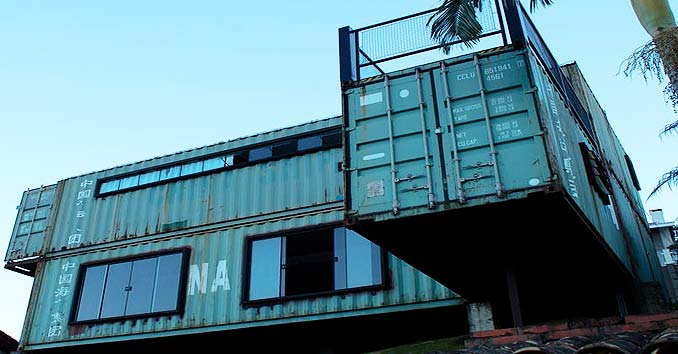
A bomb shelter or underground house sounds like something that a paranoid person would consider building, but, in reality, many people are preparing for the day in which they might have to flee their home and stay somewhere safe for an extended period of time. If you want to survive the end of the world, you’ll need a safe haven that will provide for your basic needs, such as housing, food, and water.
Many survivalists are turning to shipping containers to serve as their underground homes. While shipping containers are great for shipping, they may not make the best temporary living arrangements, especially if you plan to bury them underground. Although they’re made of steel, they’re not sturdy enough to withstand a large amount of dirt caving in on them. This leads to dents and rust, which can quickly ruin your underground home.
Disadvantages of Shipping Containers

Shipping containers were not built to be placed in soil. They are also not waterproof. Water can soak into them and cause mold, rot, and even electrocution. These are all health hazards that can cause death to your or your family. That’s a risk that you take when you use them for underground homes instead of for shipping and freight above ground, as they were intended.
Despite the disadvantages, many doomsday preppers are finding ways to spruce up these portable storage containers and outfit them into suitable homes in the event of the apocalypse. While there are companies that take the work out of this and make and deliver homes of this sort, they cost a lot of money. In an effort to save some hard-earned cash, people are buying used shipping containers for a few thousand dollars and altering them to fit their needs.
What People Are Doing
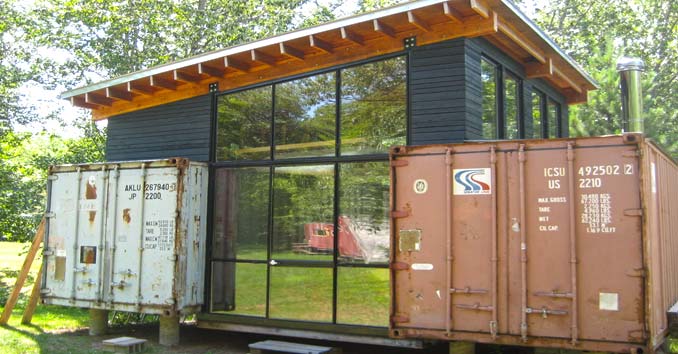
One man used a 20’ shipping container as his underground fortress. He lowered the container into the ground and covered the top with concrete instead of dumping dirt on it. This will keep dirt from caving into the roof of the container, which can cause numerous problems. However, you will still need a sump pump to remove water, since these containers are not waterproof. You will need to check on your doomsday bunker often, as this could be a problem if not caught early.
How to Make It Work
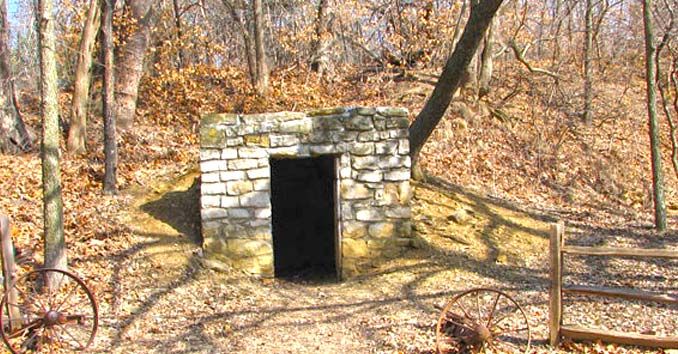
When burying your shipping container or creating your own bunker, there are some things to consider. First of all, the deeper, the better. Bury it as far down into the ground as possible to protect it from radiation and debris. You’ll want to keep it away from flooded areas since water is not a shipping container’s friend.
Check the container for weak spots such as rust and dents. Although shipping containers are covered in rust-resistant paint, this paint can fade over time and make the container more susceptible to cosmetic defects that can compromise its integrity. A good coat of sealant and paint can help protect the container from the effects of soil as time passes.
If you choose to keep your container above ground, you’ll need proper reinforcement. This will strengthen it and protect it from the ground’s pressure. You can choose from various materials to make this work, such as wood, bricks, cement, or even additional steel.
Considerations
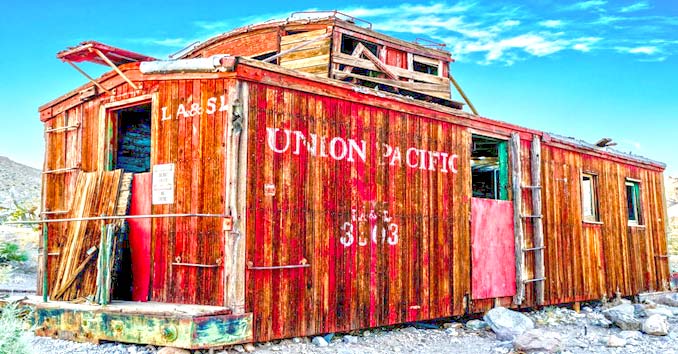
Feel free to design your underground shelter as you see fit, based on your preferences and needs. However, you will want to take the following into consideration:
- Air will be your most important need. Make sure you have a high-quality filtration system that offers adequate ventilation.
- Water should be next on your list. You will again need a filtration system at the very least. A water tank is a viable alternative, but it won’t last long.
- Food is another huge requirement. Focus on non-perishable foods such as dried and canned foods. The ground’s ability to heat and cool can be used to keep foods fresh, but you shouldn’t keep meat, fruits, and other perishable foods down in your shelter until you absolutely need them.
- You need to be able to see, and there won’t be any windows, so make sure you have more light sources than you normally would. Keep flashlights and other portable lighting sources readily available.
Other Shipping Materials You Can Use
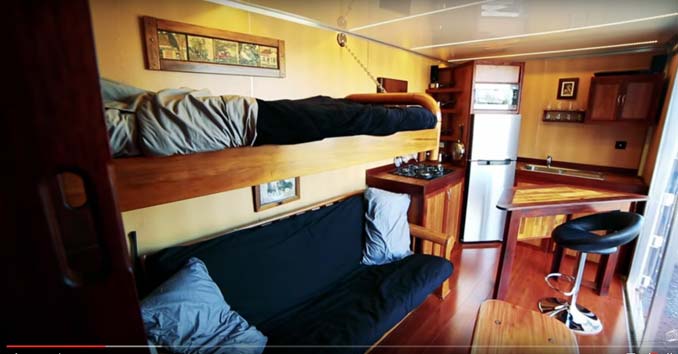
When you’re living underground, you’re going to need materials for storage so you can keep food, liquids, and other materials free of contaminants. Storage lockers and safety cabinets serve this purpose. They can hold hazardous materials, and many are even rust-proof so they won’t be affected by water seepage.
Shipping barrels, drums, and totes also work well for doomsday bunkers. While they’re not big enough for you to live in them, they can store large quantities of food and supplies. Some totes can hold up to 330 gallons of materials.
Locks, clips, and seals are useful for keeping cans secured. They can fit 1-quart and 1-gallon cans.
Absorbent pads may also come in handy if the apocalypse were to come. These pads are made of a special material that absorbs and holds spilled liquids without dripping. The pads are also dry to the touch. They’re almost like magic!
You never know when the apocalypse will come. Are you going to end up dead, or are you going to be one of the ones surviving and thriving underground in your doomsday bunker? If you want to plan for the worst, commercial shipping materials could fit your needs. Just be sure you understand the pros and cons of using them so you’re not disappointed when you need them.





Be the first to comment